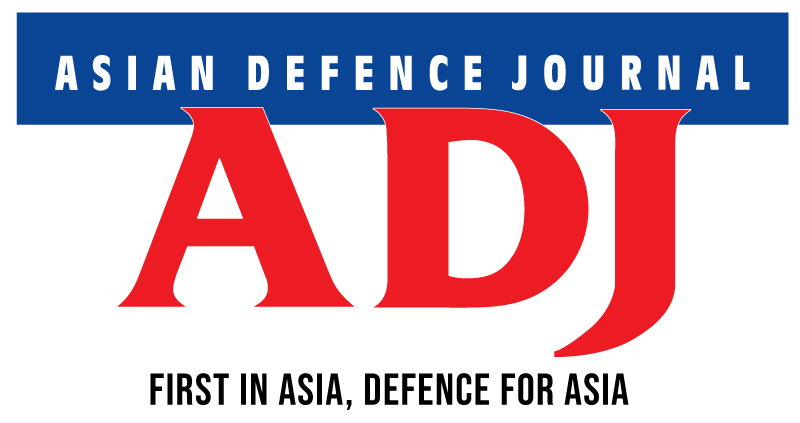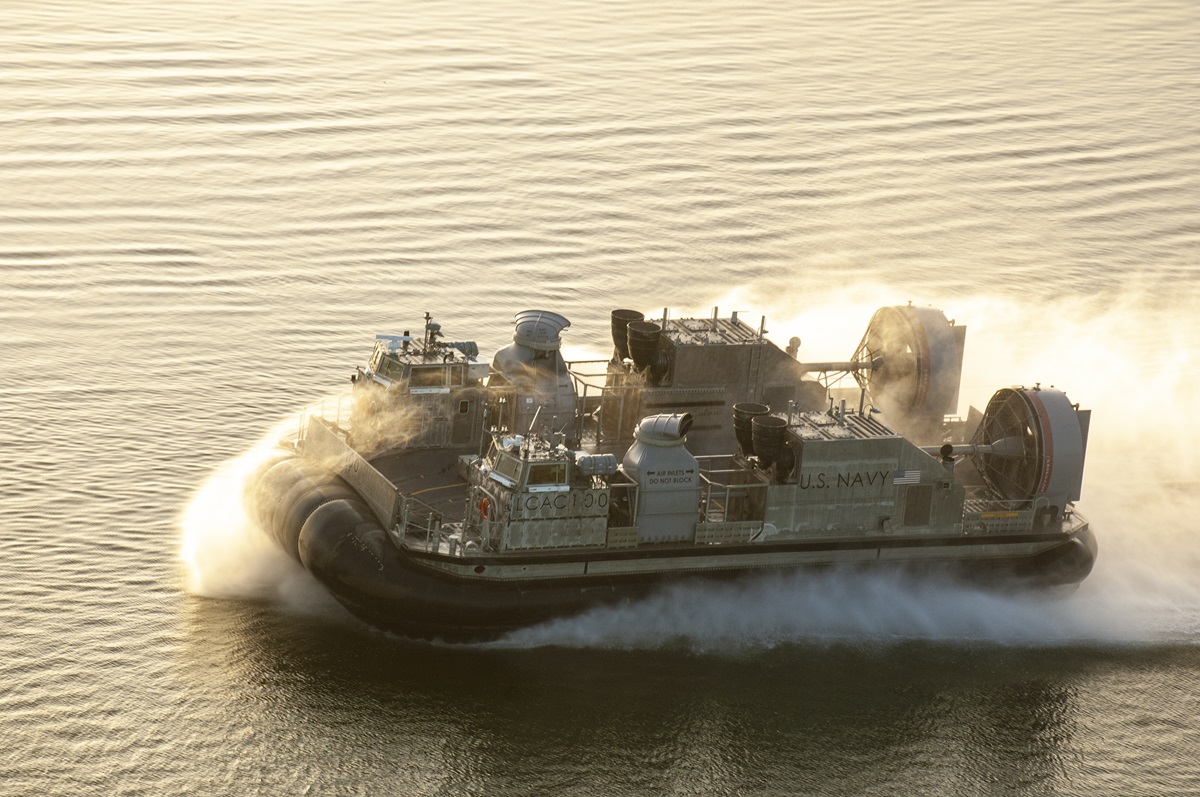Textron Systems’ Ship-to-Shore Connector: The Ideal Solution for Enhanced Joint Logistics Operations in the Western Pacific
In today’s dynamic world, complex military operations demand seamless coordination and high degrees of interoperability between international allies and partners. For more than 20 years, Textron Systems’ Landing Craft Air Cushion (LCAC) platform has enabled highly successful expeditionary logistics operations that have been the cornerstone of interoperability between the Japanese Maritime Self Defense Force (JMSDF) and the US Navy. Textron Systems’ Ship-to-Shore Connector (SSC), which is currently being produced and delivered to the US Navy, stands ready to succeed the legacy LCAC platform as the logistics connector of choice for the JMSDF and other allied naval forces around the world.
For over 40 years the legacy Landing Craft Air Cushion (LCAC) platform has supported the amphibious logistics operations needs of both the US Navy and JMSDF. Utilising a common logistics connector platform enables interoperability between naval forces, which supports a wide array of operations, including both military and humanitarian missions. Interoperability also enables reduced operational training and planning requirements, as well as their associated costs. The SSC brings the same interoperability benefits, while providing enhanced logistics performance.

Technological advancements also play a crucial role in bolstering military capabilities, fostering national security, and enabling humanitarian missions. Textron Systems’ SSC represents a groundbreaking upgrade that promises a multifaceted approach towards land-to-sea connectivity. By embracing design upgrades such as an improved corrosion-resistant aluminum hull, fly-by-wire flight controls, and reduced construction complexity, the SSC has significantly reduced operating and training costs, while delivering enhanced versatility and efficiency.
An essential aspect of the design upgrades is the incorporation of an improved corrosion-resistant aluminum hull. The use of this robust material ensures increased longevity, reduced maintenance, and decreased operational costs associated with regular maintenance and repairs. Unlike previous models, the SSC’s upgraded hull maximises its lifespan, while delivering uncompromised performance, making it the ideal choice for extended deployments, especially in logistically contested amphibious environments.

Another prominent feature of the SSC is its integration of fly-by-wire flight controls. The utilisation of advanced digital technology allows for precise and efficient control of the vessel, minimising the risk of human error. This cutting-edge system enhances safety, providing a reliable means of transportation in both combat situations and humanitarian efforts. Pilots can manoeuvre the SSC with optimal precision, ensuring swift and secure transportation of cargo and personnel, even in the most challenging environments.
Textron Systems’ SSC reduces construction complexity compared to legacy crafts. By streamlining the assembly process without compromising quality, the SSC provides a cost-effective solution that accelerates production. This aspect plays a vital role in ensuring that these vessels are readily available during times of crisis, enabling rapid deployment and response.

The SSC’s unparalleled performance capabilities and 30-year life cycle make it an indispensable asset to any allied military’s amphibious logistics operations. With transit speeds exceeding 50 knots and a payload capacity of over 70 tons, SSC enables cost-effective and efficient high-volume cargo transfer for either ship-to-shore or shore-to-shore operations.
Beyond its military applications, the versatile mission sets of the SSC significantly contribute to humanitarian efforts worldwide. From hurricanes to tsunamis, Textron Systems’ Amphibious Combat Vehicles (ACVs) have supported nations across the globe.

Textron Systems’ SSC demonstrated its humanitarian importance by delivering critical supplies to the citizens of Sumatra in the wake of the devastating tsunami in 2004. The vessel’s agility and cargo capacity were instrumental in rapidly responding to this catastrophic event, ensuring the timely delivery of vital aid, including food, water, and medical supplies, to those in dire need.
In the aftermath of Hurricane Katrina’s impact on the United States, the SSC also served as a crucial asset for clean-up and supply delivery operations. The vessel’s adaptability and advanced design facilitated efficient transportation of supplies and equipment, enabling teams to swiftly restore critical infrastructure, evacuate stranded residents and provide essential support to affected communities.
Following the devastating 7.0 magnitude earthquake that struck Haiti in 2010, the SSC played a pivotal role in delivering crucial supplies and freshwater to affected areas. The craft’s ability to traverse various terrains, including beaches and rugged landscapes, allowed relief teams to reach isolated regions quickly. The SSC’s cargo and personnel capacity ensured timely aid delivery to those in need.
Textron Systems’ SSC presents an opportunity for military forces to bolster their amphibious operational capability, enhance joint fleet operations, and increase interoperability capabilities with allies. With advanced technical capabilities and a wide range of mission sets, the SSC is an optimal logistics connector capability that ensures efficient and safe operations and supports the safety of its users, their nations, allies and the global community.



